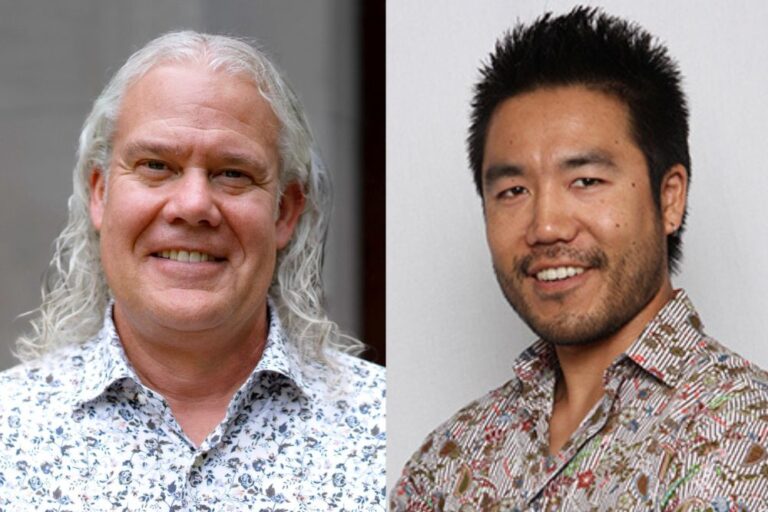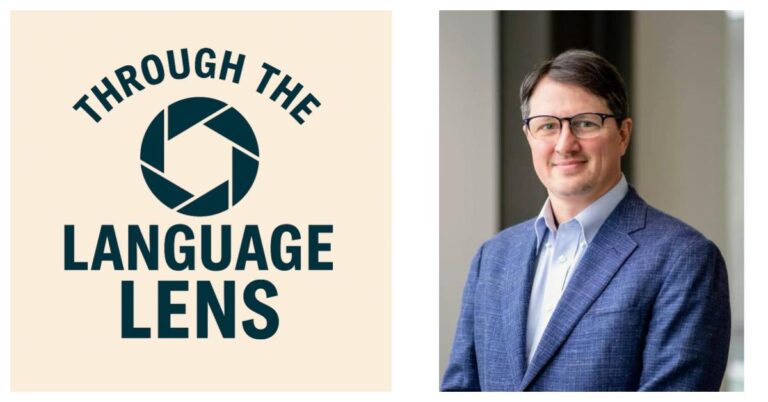Associate Professor Cristina Schmitt is leading the way in one area of linguistics research and recently was awarded a three-year $200,000 grant from the National Science Foundation (NSF) to advance that research even further.
Schmitt, who is a faculty member of MSU’s Department of Linguistics and Germanic, Slavic, Asian, and African Languages, is using the NSF funding to investigate first language acquisition of Spanish-speaking children under conditions of language contact, in other words, in situations where two or more languages or dialects interact and influence each other.

Up until now, most first language acquisition studies regarding how children acquire a grammar, have focused on the acquisition of a single dialect in relatively homogeneous speech communities, while very little has been done on acquisition in situations of high variability due to language and dialectal differences, according to Schmitt.
“What we are doing is shaping this area of research,” Schmitt said. “If you look at contact, you don’t look at acquisition of grammar and vice versa. So we are putting the two things together and this is not very common.”
An Ideal Testing Ground
Linguistic researchers who look at dialect contact do not typically look at children. However, Schmitt’s research will focus on children ages 3-5 in the immigrant Paraguayan community in Buenos Aires where Paraguayan Spanish is in contact with a variety of Spanish spoken in Buenos Aires.
This Buenos Aires community was chosen because Schmitt says it “exhibits a number of properties that make it an ideal testing ground for theories of language acquisition, and particularly for shedding light on the complex interplay between the input data children receive and the grammatical system they construct.”
Paraguayan Spanish also is unique in that Paraguay is the only country in Latin America with two official languages spoken by almost all the population – Spanish and the native language Guarani. The Spanish spoken there is in contact with this very different language, so it’s a very different Spanish than the Spanish spoken in Buenos Aires.
“What we are looking at is two dialects of Spanish that are in contact in Buenos Aires and have contradictory grammatical properties and what we want to know is what the kids are doing with that contradictory input,” Schmitt said. “When the vocabulary is the same, but the dialect is different, it is very easy to think they are speaking the same thing, but they are not. That’s the part where we hope we can help. By discovering the principles used by these Paraguayan children to adapt to the new linguistic environment, we therefore learn something about how all children acquire a language.”
Having an Impact
The research team will video and audio record the children of the Buenos Aires community talking with their parents, with other children, with their teachers, and with the researchers. In the end, Schmitt expects to have 200-300 hours of recordings, which will be transcribed and uploaded into the Child Language Data Exchange System (CHILDES) managed by Carnegie Mellon University where the data will be available to researchers worldwide.
“Part of this grant is to build a corpus of these two dialects in contact so that not just me but other people can study this, including computer scientists who are modeling acquisition,” Schmitt said.
The research team also will do experimental work and analysis. One goal of the study is to combat any misconceptions that differences in dialect are an indicator of intelligence or other cognitive abilities.
“For example, just because someone doesn’t put the ‘s’ in ‘he eats,’ doesn’t mean they are stupid. If in the dialect they are hearing no ‘s’ pronounced, what else are they going to learn? They are not going to fabricate an ‘s,’” Schmitt said. “If you depart from the assumption that if you don’t put the ‘s’ in you are stupid, then there is no conversation. There is no learning that can come out of there. This is not a problem that is just there, it is something we can think of in the U.S. in various ways.”

In many classrooms across the United States, more than one language or dialect is spoken. For instance, speakers of African-American, Chicano, and other varieties of English attend schools where the language of instruction is standard American English.
Often teachers are not linguistically prepared for that, and for reasons ranging from lack of information to language misconceptions, schools are unprepared to deal with linguistic variability and tend to ignore or miscategorize dialectal differences as speech disorders and/or predictors of poor performance in school.
“This proposed research may help inform educators and policymakers of how children cope with dialectal contact,” Schmitt said. “If we could make teachers understand that the differences in dialect are real and not to be ignored. Also if we could figure out ways to enlighten the community itself, not just the teachers, to be more aware of the differences. They recognize that it’s different, but where it’s different, how it’s different, that is important.”


